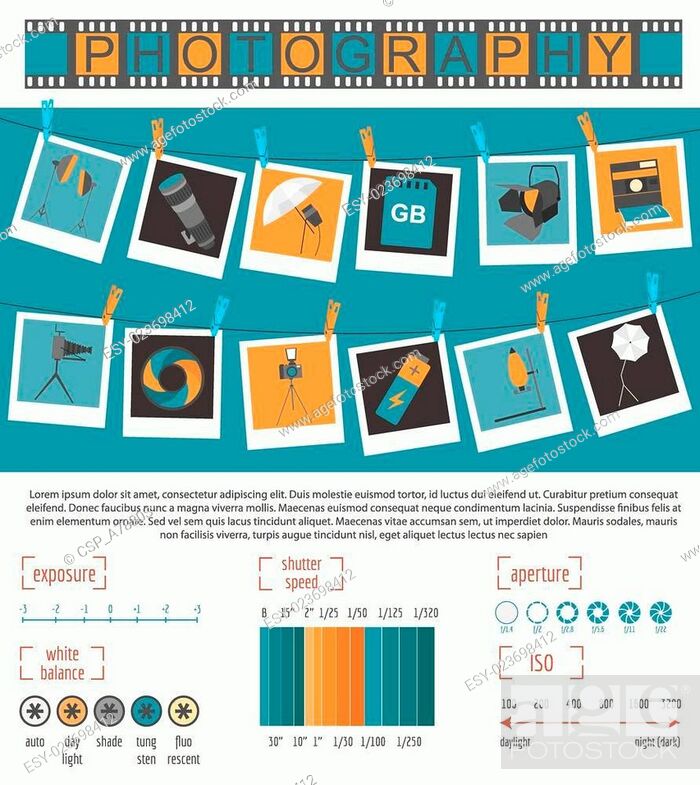Transform Your Digital Photography By Mastering Illumination Techniques That Can Elevate Your Pictures-- Find The Typical Mistakes That Could Be Holding You Back
Transform Your Digital Photography By Mastering Illumination Techniques That Can Elevate Your Pictures-- Find The Typical Mistakes That Could Be Holding You Back
Blog Article
Article By-Boone Ibrahim
As a professional photographer, you understand that lighting can make or damage your images. Recognizing the subtleties of both all-natural and artificial light is important for recording the mood and quality you go for in your work. Whether you're going after the excellent gold hour radiance or adjust your man-made setups, grasping these elements can elevate your digital photography significantly. However there are Executive portrait Photography that many neglect, and identifying them can transform your strategy to every shoot. Let's discover what you may be missing and just how it can affect your results.
Understanding Natural Light
Understanding all-natural light is crucial for any photographer looking to enhance their job. It's the foundation of excellent photography, influencing state of mind, tone, and clearness. When you fire outdoors, take note of the time of day. The golden hour-- shortly after dawn and before sunset-- uses soft, cozy light that can change average scenes right into magnificent images.
Do not undervalue the power of cloudy days. Cloud cover diffuses sunshine, creating a soft, even light that's ideal for pictures and macro digital photography. You'll discover colors pop in this type of lighting without severe darkness.
Placing issues, as well. Constantly consider your subject's orientation to the light source. If the sun's behind your topic, you may end up with a silhouette, which can be significant yet mightn't be what you want. On the other hand, straight sunlight can produce uncomplimentary darkness.
Explore angles; sometimes, altering your viewpoint can yield outstanding outcomes. Usage all-natural reflectors, like water or sand, to bounce light onto your topic, including measurement.
Learning Artificial Light
Mastering fabricated light is crucial for digital photographers who wish to take their skills to the following level. Whether you're making use of speedlights, workshop strobes, or continuous lights, comprehending how to adjust these sources can dramatically enhance your photos.
Start by acquainting yourself with the basics of light quality, direction, and color temperature level. Explore various modifiers like softboxes, umbrellas, or grids to regulate the softness or violence of the light.
You'll discover that soft light frequently develops complementary outcomes, while harsher light can add drama and depth. Do not avoid shadows; they can boost the three-dimensionality of your topics.
Pay attention to the positioning of your lights. A light positioned also close to your topic can create unflattering results, while too away can result in an absence of detail. Use a light meter or your electronic camera's histogram to guarantee you're subjecting correctly.
Finally, remember that fabricated light can be combined with ambient light for creative impacts. Balancing these sources could take technique, but once you master it, your digital photography will absolutely shine.
Methods for Different Scenarios
When you enter different capturing situations, adapting your illumination strategies is important for catching the most effective pictures. For exterior pictures, utilize the gold hour-- morning or late afternoon light-- to soften darkness and enhance complexion.
If it's an extreme lunchtime sunlight, think about using a reflector to jump light back onto your subject or seek shaded locations for a more even direct exposure.
In low-light situations, like interior events, enhance your ISO and utilize a wide aperture to let in even more light. A tripod can aid eliminate video camera shake, enabling longer exposures without blurring.
If you're contending night, try out off-camera flash to create dynamic illumination and deepness in your pictures.
For product photography, make use of diffused illumination to prevent harsh reflections. Softboxes or light outdoors tents can help attain this result.
When photographing landscapes, take into consideration the direction of light and time of day, as it can substantially alter the state of mind of your shot.
Always be ready to readjust your settings and placing based on the situation, as flexibility is vital to grasping lighting in digital photography.
Final thought
Finally, understanding illumination is essential to boosting your digital photography skills. Welcome all-natural light's beauty throughout gold hour, and do not shy away from explore artificial light methods. By adapting your technique to different scenarios, you'll catch sensational images that resonate with emotion and clarity. Remember, https://zenwriting.net/chantal46penelope/imaginative-digital-photography-concepts-unleashing-your-creativity can transform an average shot into something amazing, so maintain practicing and refining your understanding of both natural and artificial light. Happy capturing!
